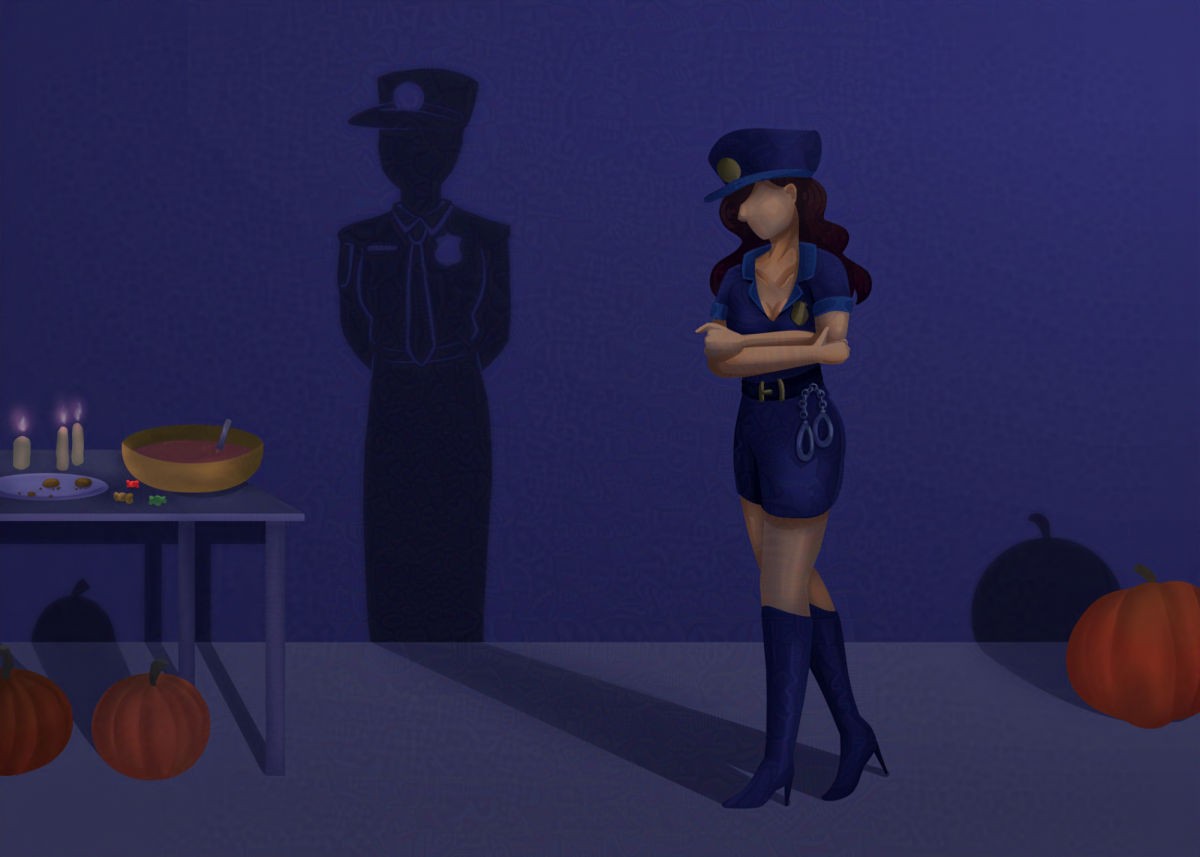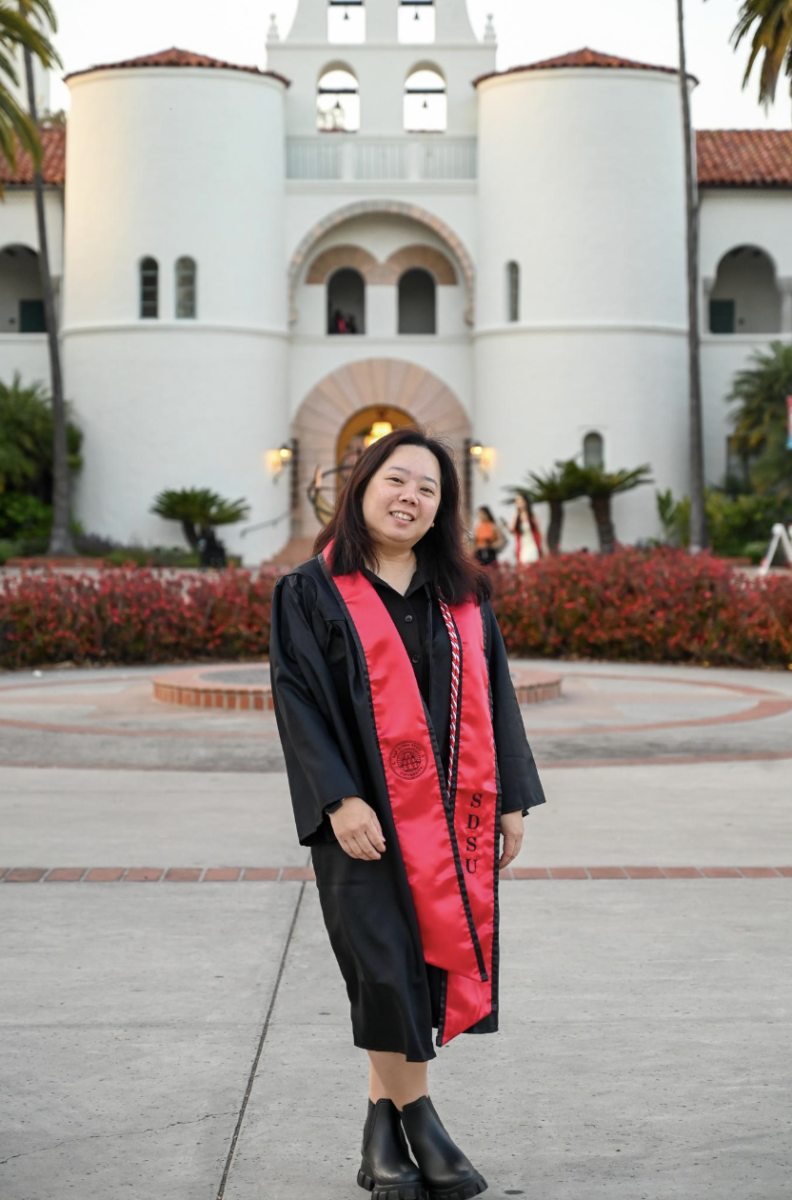As a little girl, I vividly remember shopping at Spirit Halloween, excited to choose my costume and accessories to make my outfit scarier- everything from fake fangs to fake blood. As I transitioned to my teenage years, I noticed a significant shift. The once-spooky costumes had become increasingly provocative, commercializing allure over the frightful festivity I felt as a little girl.
A study conducted by the School of Psychological Science at Oregon State University found that costumes worn by female models were consistently more sexualized in comparison to costumes worn by male models across every age group. While men are rarely depicted in sexualized costumes, regardless of age, we witness women being sexualized as early on as their teen years.
This poses a significant challenge especially when we consider younger girls beginning to fit strictly into women’s clothing, limiting their access to costumes that reflect their age.
Not only are young girls being shortchanged, but the commercialization of Halloween also perpetrates the sexualization of various professions. In just a few seconds, a Google search will show you the vast difference between professional costumes for men versus for women. For instance, a police costume for men reflects an almost identical fashion to the actual uniform, while a police costume designed for women is far from the real thing with a more revealing approach.
When looking for a woman’s police costume, you’ll typically find designs that are shorter, tighter and more provocative. This disparity reflects a broader culture of misogyny, minimizing professional roles as some sort of fantasy when it comes to women.
According to the World Health Association, nursing is predominantly female-dominated, compromising 89% of the world’s nursing workforce. In turn, we see that the costumes representing nurses have become increasingly sexualized and far from their true form, once again fueling the narrative that downplays women’s professional roles as merely sexual fantasies.
This pattern is evident across other professions traditionally held by women, including teaching and librarianship, where exaggerated and revealing costumes remain on the market. It seems as though society has grown numb to this sexualization, so there is a lack of conversation and understanding of its negative implications.
It is important to note that this trend has become a source of empowerment for some, as it has given them the freedom to express themselves and promote confidence, embracing their bodies – but the dangers are equally important to consider. Girl’s bodies are policied from a young age through strict dress codes, yet at the same time, they’re presented with a limited costume selection that profits off of the sexualization of their bodies. This contradiction reinforces harmful stereotypes that objectify girls and women, as well as perpetuating unrealistic standards.
The ultimate goal should be to empower women to make their own choices free from societal pressures or commercial exploitation, whatever those choices may be. These companies must incorporate an array of costumes to give girls, teens and women a true choice in the market. When the costume market offers such a narrow selection, it reinforces a standard of what a woman should or shouldn’t be- shaped by deep-rooted gender norms that dictate expressions of femininity.






